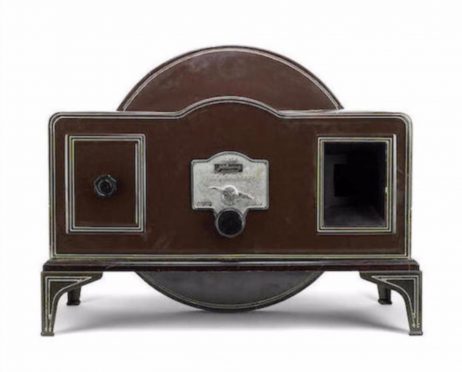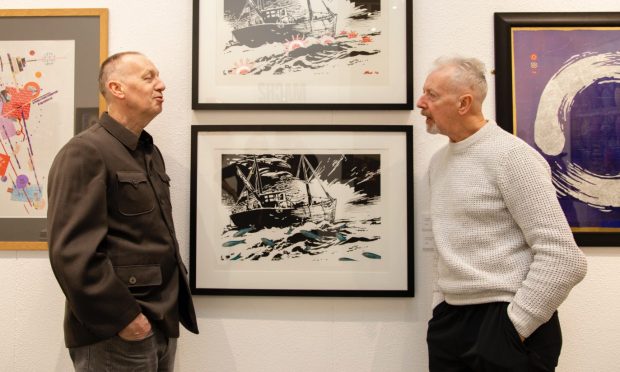MANY INVENTIONS are disputed. Yet I suspect we would all struggle to name anyone other than John Logie Baird as the individual behind television.
The creation of the mechanical television began in 1924 when Baird (1888-1946) managed to transmit a flickering image across 10 feet to accompany sound. By the following year, he had achieved successful transmission of recognisable human faces, in pictures with light and shade.
As a result, on January 26, 1926, Baird held a public demonstration in Soho, London, before members of the Royal Institute and a journalist from The Times. Through this demonstration, he manipulated the head of a ventriloquist’s doll, displaying an image measuring only 3½in x 2in.
Though clearly still in basic form, with blurred images, this demonstration outlined the potential of Baird’s mechanical technique. This early system consisted of a revolving shutter and light sensitive cell, before a large wooden revolving disc containing lenses.
By 1927 he had succeeded in transmitting content across a 438-mile telephone line between London and Glasgow, before setting up the Baird Television Development Company the same year. Through the company, the first transatlantic broadcast was transmitted from London and New York in 1928, and the first live transmission of the Epsom Derby.
The following year Baird’s technology was mass produced for public sale, releasing the first television receiver ‘The Televisor’, made by Plessey in England. Selling for approximately £26, the sets were relatively expensive. This same year, the BBC began to use Baird’s company for its TV broadcasts – though the partnership was eventually discontinued.
Early examples of this Baird television are understandably rare. On the last day of October, however, Bonham’s in London smashed through a £10,000-£15,000 estimate to take £21,250 for a c1930 Baird Televisor, made by The Plessey Company, and restored in the 1970s to working order.
It was labelled ‘No 192’ and was housed in a 27in wide, chocolate-brown tinplate case with cream lining, with an ‘Eye-of-the-World’ plaque on the front bearing the Baird signature.
It had useful provenance. The owner’s grandfather ran an electrical shop in the Thames Valley which opened in the 1930s. The Televisor had been stored in the family home for at least the past 45 years.
Picture: Baird television £21,250 (Bonham’s).










